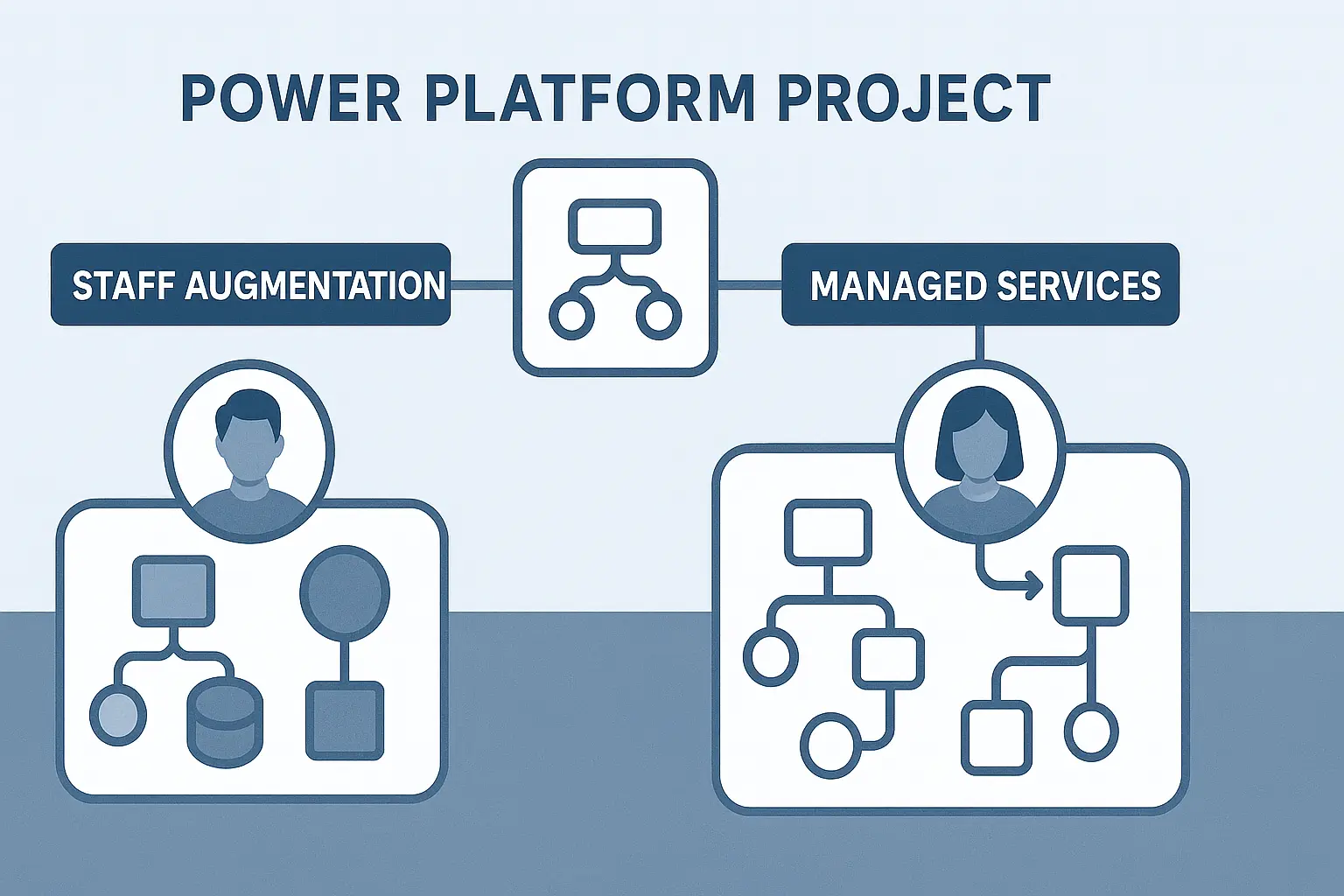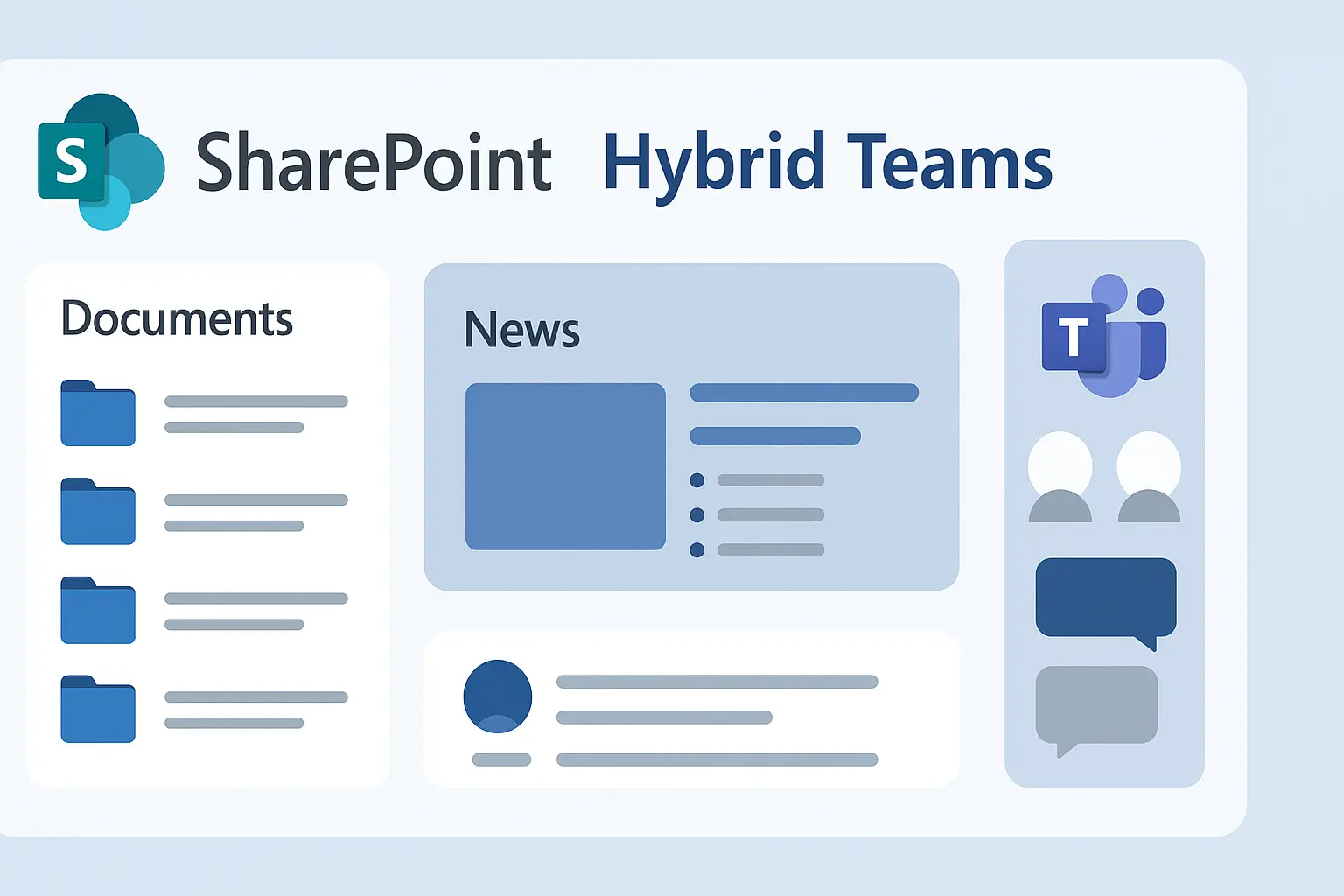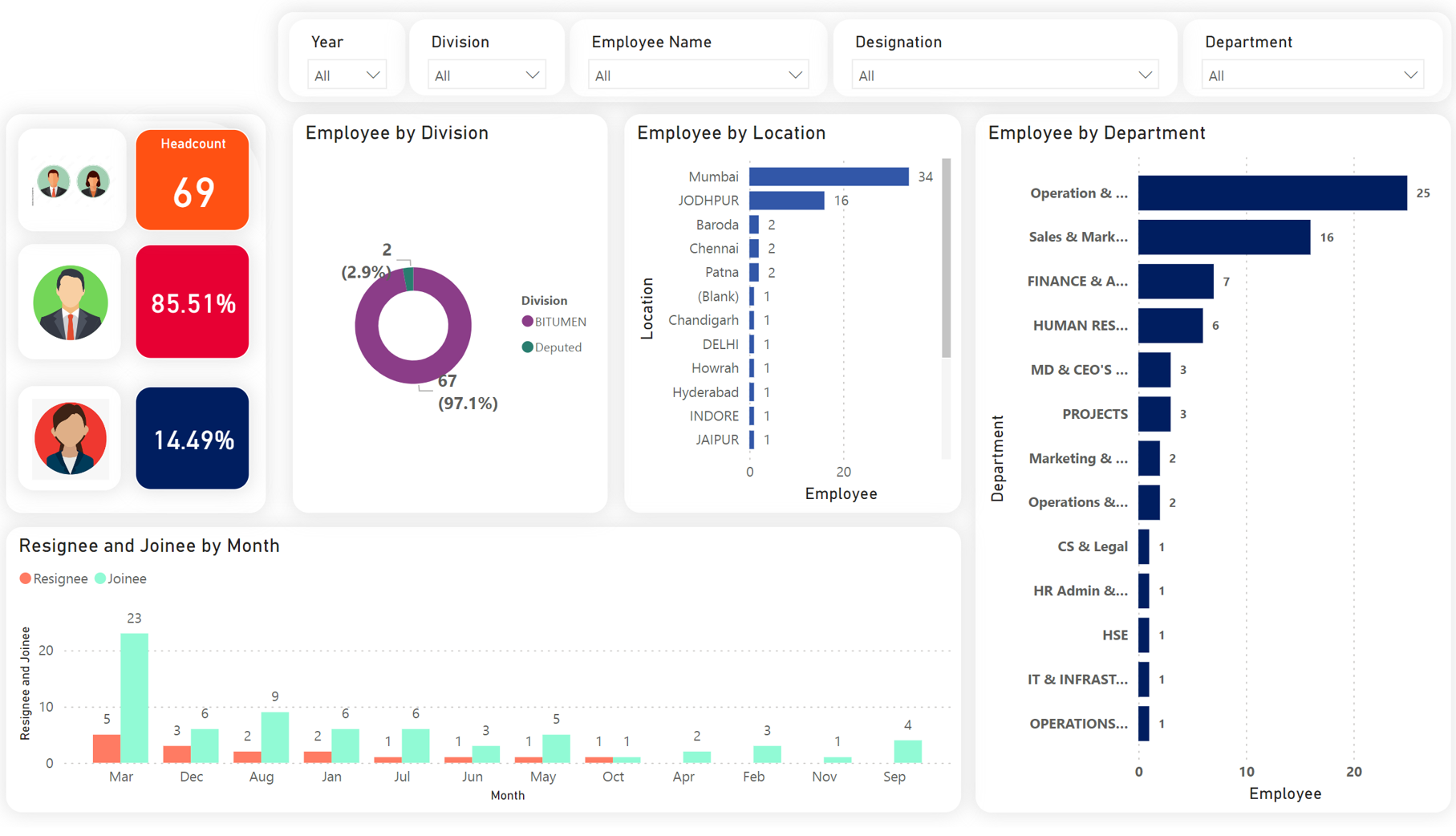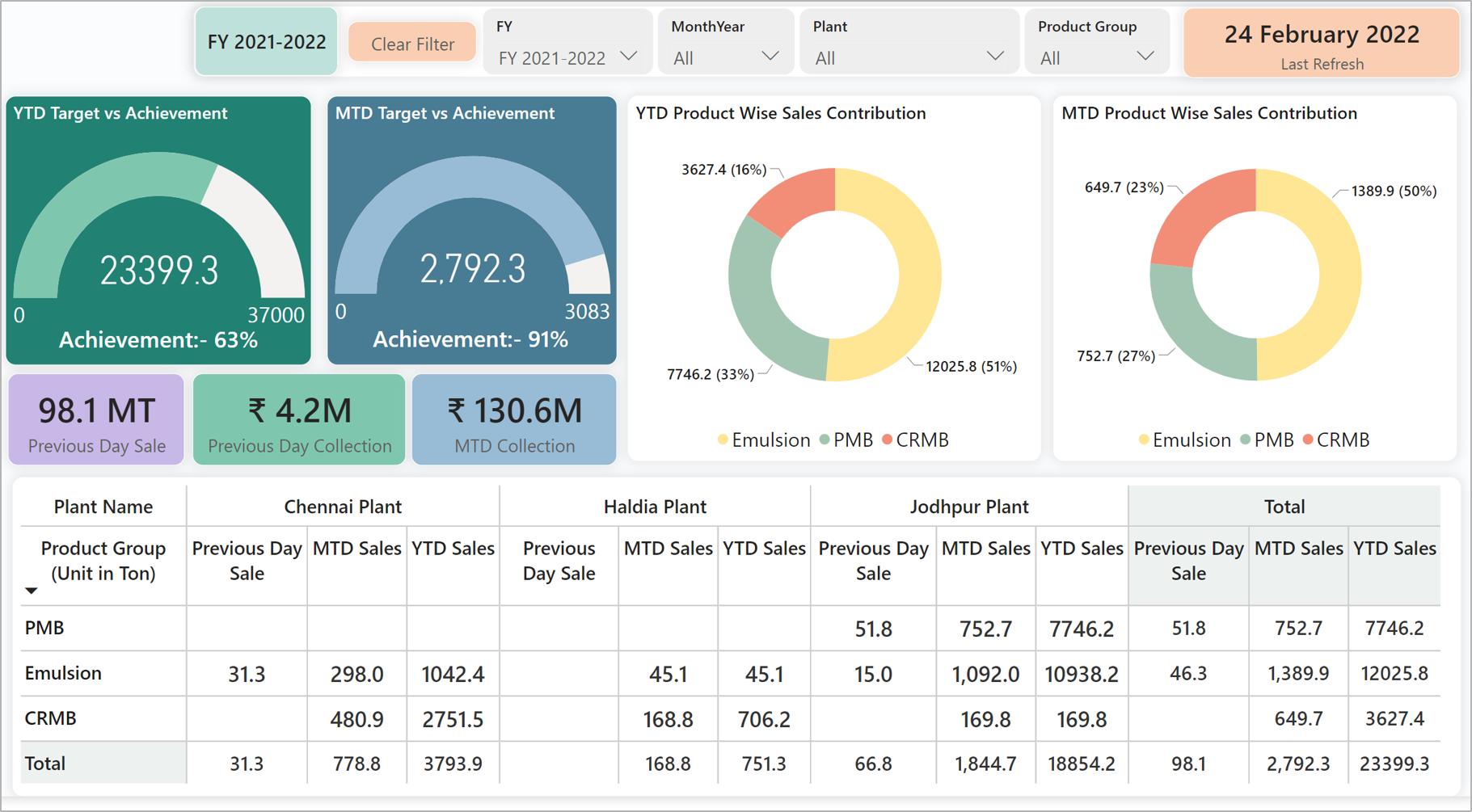
When planning a successful Microsoft Power Platform deployment, one critical decision stands out: staff augmentation vs managed services. This choice can define the project’s success, scalability, budget, and time-to-market. Whether you’re deploying Power BI dashboards, building apps with Power Apps, or modernizing internal workflows in SharePoint, choosing the right staffing model can significantly impact ROI and long-term maintainability.
Need help getting started?
Let’s explore which model aligns best with your Power Platform needs.Dependency on internal management
You must allocate time to onboard and manage external staff.
Hidden overheads
Time spent in coordination, reporting, and project tracking can reduce productivity.
Lack of ownership
External resources may not take initiative beyond assigned tasks.
Scalability bottlenecks
Scaling a team through staff aug alone can lead to inconsistency and poor knowledge transfer.
Staff augmentation is a flexible hiring model where businesses temporarily extend their in-house team with skilled external resources. These professionals operate under the client’s supervision, tools, and policies. You retain full control over project direction, task assignments, and daily output.
Need help with resourcing your next Power Platform project?
Have a question? check these answers.
Use staff augmentation when you need specific technical resources quickly, but want to retain internal control over project management.
Management directs and coordinates while staff executes. In project models, managed services cover both; staff augmentation covers only execution.
It’s a form of outsourcing, but with client-led management. You manage tasks; the vendor provides resources.
Develop leadership, decision-making, and project ownership skills. This is key in IT roles where delivery models evolve quickly.
It’s resource-centric: you lease talent to work under your systems, process, and leadership for a defined period or project.



